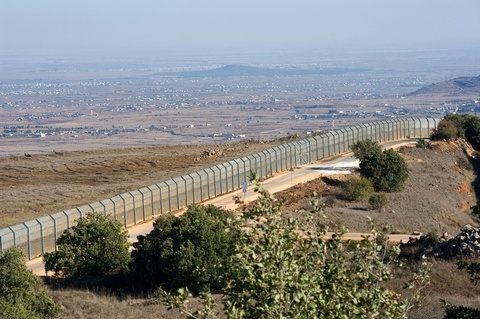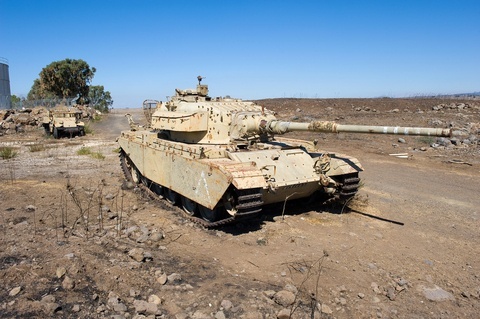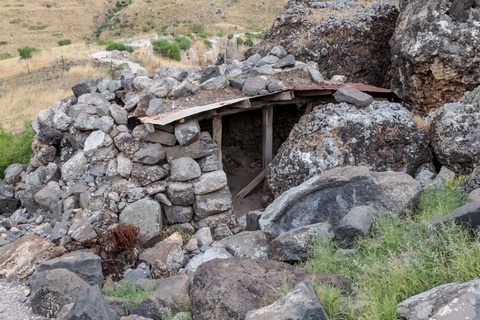Although Israel was taken by surprise at the start of the Yom Kippur War of 1973, the only real surprise was the timing of the attack.
After the end of the War of Attrition, it was evident to the Israeli defense establishment that Egypt would not tolerate Israeli forces being present along the Suez Canal just as the Syrians found the occupation of the Golan unacceptable. The only question was when the actual war would break out. Unfortunately, it seemed the decision lay in the hands of Soviet advisors who had been training and arming the armies of both Egypt and Syria.
Towards the end of 1970, Anwar Sadat became president of Egypt after the death of Nasser, and in 1971 Sadat made it clear that Egypt intended to go to war. However, the following year passed quietly, and it only became apparent in mid-1973 that war plans by Egypt and Syria were in the pipeline. As Egyptian and Syrian troops were massing along their respective borders, Israel’s regular army was forming along the borders with the plan that if an attack took place, they would be able to hold the borders for at least 24 hours until the reserve forces could be called up to relieve them.
On October 6th, 1973, as Israelis were making their way to Synagogue on Yom Kippur (the Day of Atonement)- the holiest day of the Jewish religious Calendar, at 2.05 in the afternoon, the war began. As a result, even despite warnings earlier in the day, it was already too late to start an orderly call-up of reserves.
100,000 Egyptian troops crossed the Suez Canal and attacked the Bar-Lev Line, which was manned by approximately 8,500 Israeli soldiers, simultaneously on the Golan, 5000 Israeli troops were attacked by 45,000 Syrian soldiers with 500 tanks.
At the end of the first day, twelve of the thirteen Israeli outposts along the Bar-Lev Line had been taken by Egypt, and 190 of Israel’s 290 tanks along the front had been destroyed. The Syrian advance forces had already reached the center of the Golan and were on the brink of breaking into Israel proper.
Twenty-four hours after the attack had begun, the Israeli reserve units had raced to the front lines. The Israeli Chief of staff, Lt.General David Elazar, had brought the Syrian attack on the Golan to a halt and immediately planned a counter-attack in the Sinai. Two new reserve divisions were available; one was placed under Gen. Ariel Sharon and the second under the command of Avraham Adan. The regular Sinai division was under the command of Gen. Avraham Mandler.
Within two days, Israeli forces were fully deployed. It was decided to give the Syrian front priority. On October 10th, the entire Golan was recaptured except for an area of the Hermon, which took a little longer. During that time, an expeditionary force from Iraq was blocked, and shortly afterward, the IDF was within artillery range of Damascus, the Syrian capital.
Israel then launched a counter-attack on the Egyptian front, and within a few days, Israeli troops were in control of the west bank of the Suez Canal and 100 km from Cairo, the Egyptian capital.
The war ended on October 22nd when the U.N. Security Council called for an immediate cease-fire. This vote came at the exact time that Israel had isolated the Egyptian Third Army and was at the point of destroying it.
Despite the ultimate successes by the IDF against what were insurmountable odds in favor of the enemy, the Yom Kippur war (4th Arab-Israeli war) was always considered a failure due to a total of 2,688 Israeli soldiers killed and 7,250 wounded.



